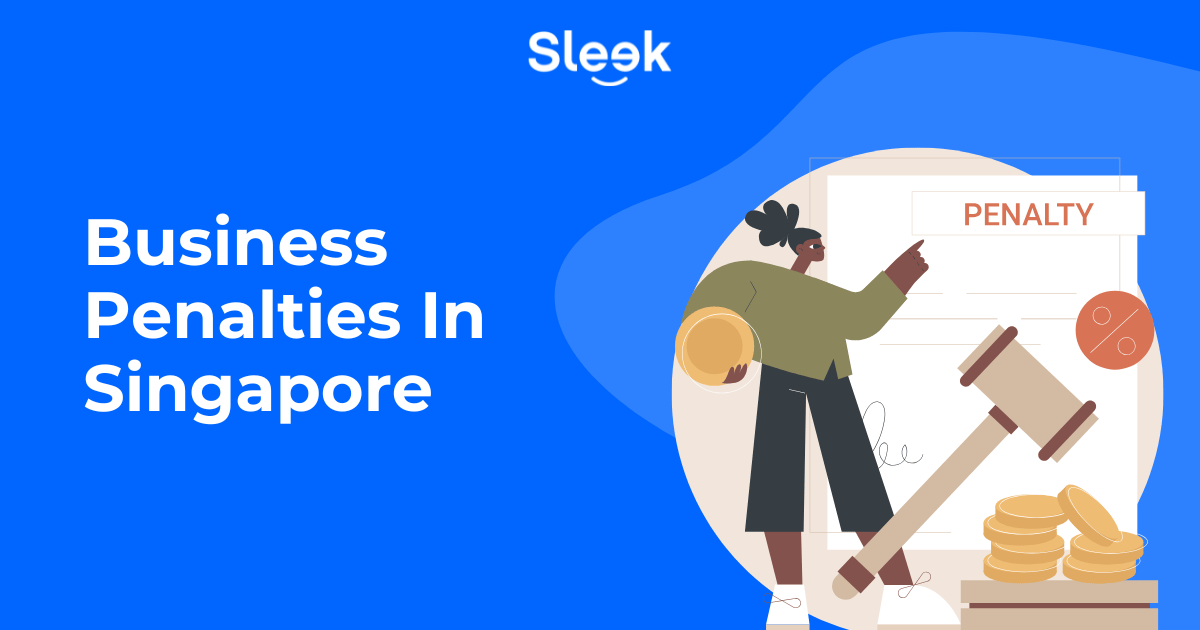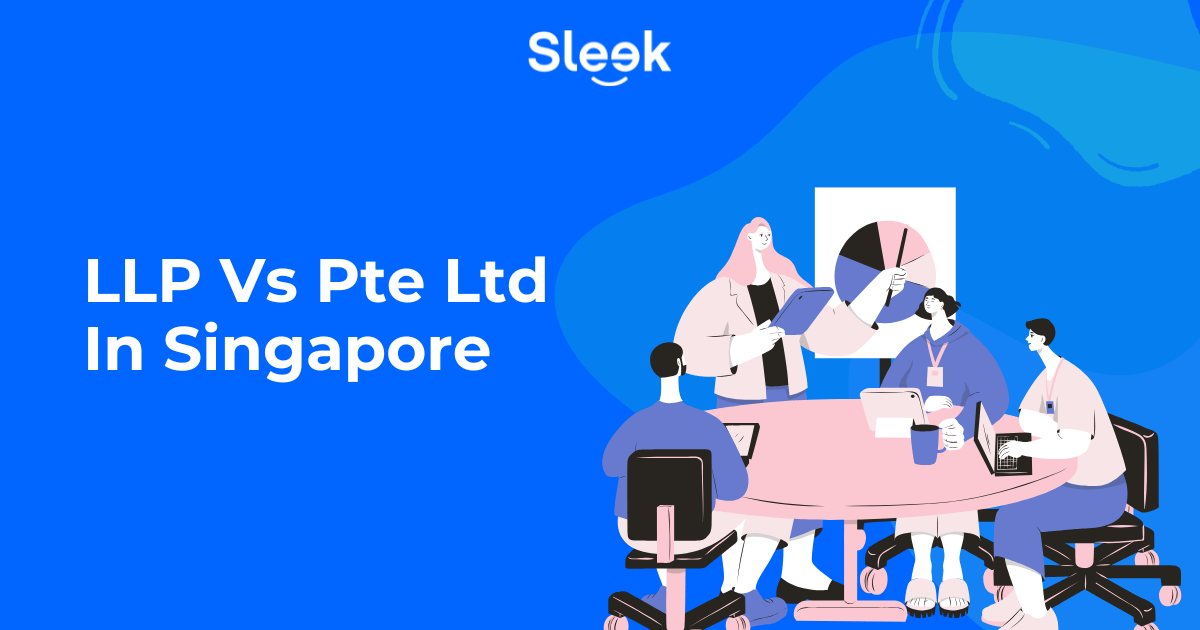Understanding Employment Obligations: Compulsory Leave in Singapore
12 minute read
Every employer in Singapore has certain rights and responsibilities. When hiring new people, keep in mind that it is important to get the right skills and knowledge, but it is equally important to treat your new employees fairly and properly according to the law.
Each employee receives a salary, but each employee is entitled to benefits too. When it comes to these perks, they come in various types of compensation. Benefits have to be included along with the salary and can never exclude one another.
One mandatory benefit that all Singapore employees are entitled to is compulsory leave Singapore. Let’s take a better look at this perk and how it affects both employers and employees.
Overview:
- Annual leave
- Sick leave
- Childcare leave
- Maternity leave
- Paternity leave
- Shared parental leave
- Adoption leave
- Is marriage leave compulsory?
- Can a company force you to take annual leave in Singapore?
- Is compassionate leave compulsory in Singapore?
Annual leave
Annual leave is granted by the Employment Act, which is Singapore’s legislature dealing with the rights and responsibilities of employers and employees. Every employee is entitled to paid annual leave if they have worked for the employer for at least 3 months.
Moreover, the annual leave entitlement depends on the number of years of service with the employer. The year of service starts from the day an employee has started to work with their employer.
Take a look at the image below to better understand the number of days of annual leave that an employee gets according to the number of service years.
Obviously, the more time a worker spends at a certain company the more days they get (paid leave).
Sick leave
It is a basic human right to put one’s health first above everything else. Therefore, sick leave as an entitlement is something that Singaporean authorities are strict about. Every employer has to abide by the law that deals with this.
Each employee is entitled to both paid outpatient sick leave and paid hospitalization leave. This is valid if an employee has worked for at least 3 months with the employer.
To be fully eligible for this entitlement, an employee needs to be covered under the Employment Act.
Besides the fact that the employee has to have at least 3 months of service, the employer has to be noted about the absence within 48 hours. Do not ignore this rule, since it can be used in the court of law in the case of a dispute.
On top of that, in order for a worker in Singapore to be qualified for paid sick leave, they have to be certified to be unfit for work. This certification is issued by a medical practitioner registered under the Medical Registration Act or Dental Registration Act.
Paid hospitalization leave
The law stipulates that paid hospitalization leave is designed to cover the period that a hospital doctor considers necessary for an employee to receive in order to recover.
To make this easier to understand, paid hospitalization leave is generally valid when:
- Employee is either warded or has a surgery.
- Employee is not hospitalized but needs bed rest.
- Employee requires rest or further medical treatment for the condition after the discharge from the hospital to recover properly.
Keep in mind that there may also be other specific conditions such as Quarantine Orders that are required by law that qualify employees for hospitalization leave.
Bear in mind, too, that paid hospitalization is not an extension of paid outpatient sick leave. An employee is qualified for paid hospitalization leave when they are:
- Warded in a hospital as an in-patient or for day surgery
- Quarantined under any written law
- Certified by a medical practitioner who can admit patients into an approved hospital
Childcare leave
Childcare leave is stipulated differently in Singapore when compared to some European and Western regions.
Eligible working parents (Singapore nationals) are entitled to 6 days of paid childcare leave per year. On the other hand, parents of non-citizens can get 2 days of childcare leave annually, as stipulated by the Employment Act.
To be eligible for Government-Paid Childcare Leave (GPCL), one has to meet the following requirements:
- Child is aged 7 or below.
- Child is a Singaporean.
- Worker has to have at least 3 continuous months of service at the company.
The worker and their partner each get 6 days a year for childcare leave until the year the child turns 7, regardless of the number of children the family has.
Keep in mind that childcare leave is limited to 42 days for each parent. It is necessary to use up the childcare leave entitlement by the end of the year, since adding unused days is not possible for the next year.
The first 3 days of leave are paid by the employer, the remaining 3 days are covered by the Government, and payments are limited to $500 a day (CPF contributions included).
The common practice in Singapore for maternity and childcare leave is that it usually corresponds to the minimum requirements of the Employment Act.
Is childcare leave mandatory in Singapore?
Apart from maternity leave, female employees can have 6 days childcare leave a year, in case they have worked for the employer for over 3 months, and their child is younger than 7 years of age.
Maternity leave
All working mothers of Singapore are entitled to either 16 weeks of Government-Paid Maternity Leave or 12 weeks of leave, depending on whether the child is a Singapore citizen and other conditions.
A mother is eligible for 16 weeks of paid maternity leave if she meets these conditions:
- Child is a Singapore citizen.
- Person has served their employer for a continuous period of at least 3 months before the birth of the child (for employees).
- Person has been engaged in their work for at least 3 continuous months and has lost income during the leave period (for self-employed).
- Person has given their employer at least 1 week’s notice before going on leave and informed them as soon as possible of the delivery. Otherwise, a mother is only entitled to half the payment during maternity leave, unless they have a good enough reason for not providing the notice.
Employers pay the usual monthly salary during the leave period. They can then claim reimbursement from the Government according to the Government-Paid Maternity Leave (GPML) scheme.
For the first and second birth, the employer pays for the first 8 weeks, while the government reimburses the last 8 weeks. For the third and all subsequent births, the government reimburses all 16 weeks.
If you are an employer and you have foreign women working at your company, it is necessary to notify MOM if and when an employee gets pregnant.
Paternity leave
If you are a working father, you are entitled to Government-Paid Paternity Leave (GPPL) for every child born as long as you meet the following requirements:
- The child that was born is a Singapore citizen.
- You are currently lawfully married to the child’s mother or had been married to her between conception and birth. (This requirement does not affect adoptive fathers).
- If you’re an employee, you must have served your employer for a continuous period of at least 3 months before your child was born.
- If you’re self-employed, you need to have been engaged in your work for a continuous period of at least 3 months before your child was born, and have suffered a loss of income during paternity leave.
You are entitled to 2 weeks of GPPL and each of those weeks will be capped at $2,500, including CPF contributions.
Your GPPL can be arranged in three different ways:
- Default, without any mutual agreement. Within 16 weeks after the birth of your child, you’re entitled to paid absence in the form of 2 continuous weeks off.
- Flexibly, by mutual agreement. Within 12 months after the birth of your child, you can take 2 continuous weeks off or split those weeks into working days and take them in any combination.
- Calculating actual leave days. Multiply 2 weeks with the number of working days in a week.
Shared parental leave
If you are a working father, you are entitled to Government-Paid Paternity Leave (GPPL) for every child born as long as you meet the following requirements:
- The child that was born is a Singapore citizen.
- You are currently lawfully married to the child’s mother or had been married to her between conception and birth. (This requirement does not affect adoptive fathers).
- If you’re an employee, you must have served your employer for a continuous period of at least 3 months before your child was born.
- If you’re self-employed, you need to have been engaged in your work for a continuous period of at least 3 months before your child was born, and have suffered a loss of income during paternity leave.
You are entitled to 2 weeks of GPPL and each of those weeks will be capped at $2,500, including CPF contributions.
Your GPPL can be arranged in three different ways:
- Default, without any mutual agreement. Within 16 weeks after the birth of your child, you’re entitled to paid absence in the form of 2 continuous weeks off.
- Flexibly, by mutual agreement. Within 12 months after the birth of your child, you can take 2 continuous weeks off or split those weeks into working days and take them in any combination.
- Calculating actual leave days. Multiply 2 weeks with the number of working days in a week.
Adoption leave
If you are an adoptive mother, working for an employer or self-employed, you are entitled to 12 weeks of paid adoption leave, as long as you meet the following requirements:
- At the point of your formal intent to adopt, your child is below the age of 12 months. For local children, the formal intent to adopt happens when you file the court application to adopt. For foreign children, it’s when in-principle approval is granted for a Dependent’s Pass.
- The adopted child is a Singapore citizen.
- If the child isn’t a Singapore citizen, it must become one within 6 months of the adoption and one of the adoptive parents must be a Singapore citizen.
- You must have served your employer or been self-employed for a continuous period of at least 3 months before your formal intent to adopt.
- The adoption order has to be passed no later than 1 year after the formal intent to adopt.
- You are entitled to 12 weeks of adoption leave and will be capped at $10,000 per every 4-week leave taken, including CPF.
Your adoption leave can start after your formal intent to adopt and it must be consumed before the child’s first birthday. During your leave period, your employer will pay you your usual salary and after it’s completed, they can claim reimbursement from the government.
For the first and second child, your employer will pay for the first 4 weeks and get government reimbursement for the last 8 weeks at a maximum of $20,000. For the third and subsequent children, the government will reimburse all 12 weeks at a maximum of $30,000.
Your adoption leave can be arranged in three different ways, similar to paternal and shared parental leave.
Is marriage leave compulsory in Singapore?
While marriage leave is not a statutory entitlement under Singapore’s Employment Act, most employers offer marriage leave as part of their policy.
A common practice is for the employer to offer a few days of paid leave, which is usually 3 days. However, this varies from company to company. If the bride and groom want to be absent for a longer period of time, their employer can offer them part-paid or unpaid leave.
Even if paid marriage leave is offered in the employment contract, there may be some exceptions to the policy. For instance, if this isn’t the employee’s first wedding or they can’t provide proof of marriage, their marriage leave will most likely be denied.
Can a company force you to take annual leave in Singapore?
Requiring employees to take their annual leave entitlements without their consent or forcing them to go on no-pay leave are both considered to be unreasonable practices. If an employer does this, their work pass privileges may be suspended.
If you encounter such practices at your place of employment, you should report them to the Ministry of Manpower (MOM), which will take appropriate actions against your employer.
Is compassionate leave compulsory in Singapore?
Singapore law doesn’t mandate compulsory compassionate leave and the Ministry of Manpower (MOM) states that there is no statutory entitlement for compassionate leave. However, most employers do provide compassionate leave whenever a family member of an employee passes away.
This type of leave depends solely on the employee’s employment contract or a mutual agreement the employee and employer made. If the employer agrees to provide compassionate leave, this can be done as either annual leave or unpaid leave.
Summary
Whether you’re an employer or employee in Singapore, you need to be well-aware of all the employment obligations and entitlements. Some employee entitlements will be regulated by the Ministry of Manpower (MOM), while others will depend on the employment contract.
The law is very clear on all types of leave entitlement that Singaporeans can expect from their employers. Everything from annual leave, sick leave and any sort of child-related leave are clearly defined and employers and companies have to respect and abide by the law.
Before you can get any leave time, you need to study your contract thoroughly and talk to your employer to ensure you have the right to this time off.










